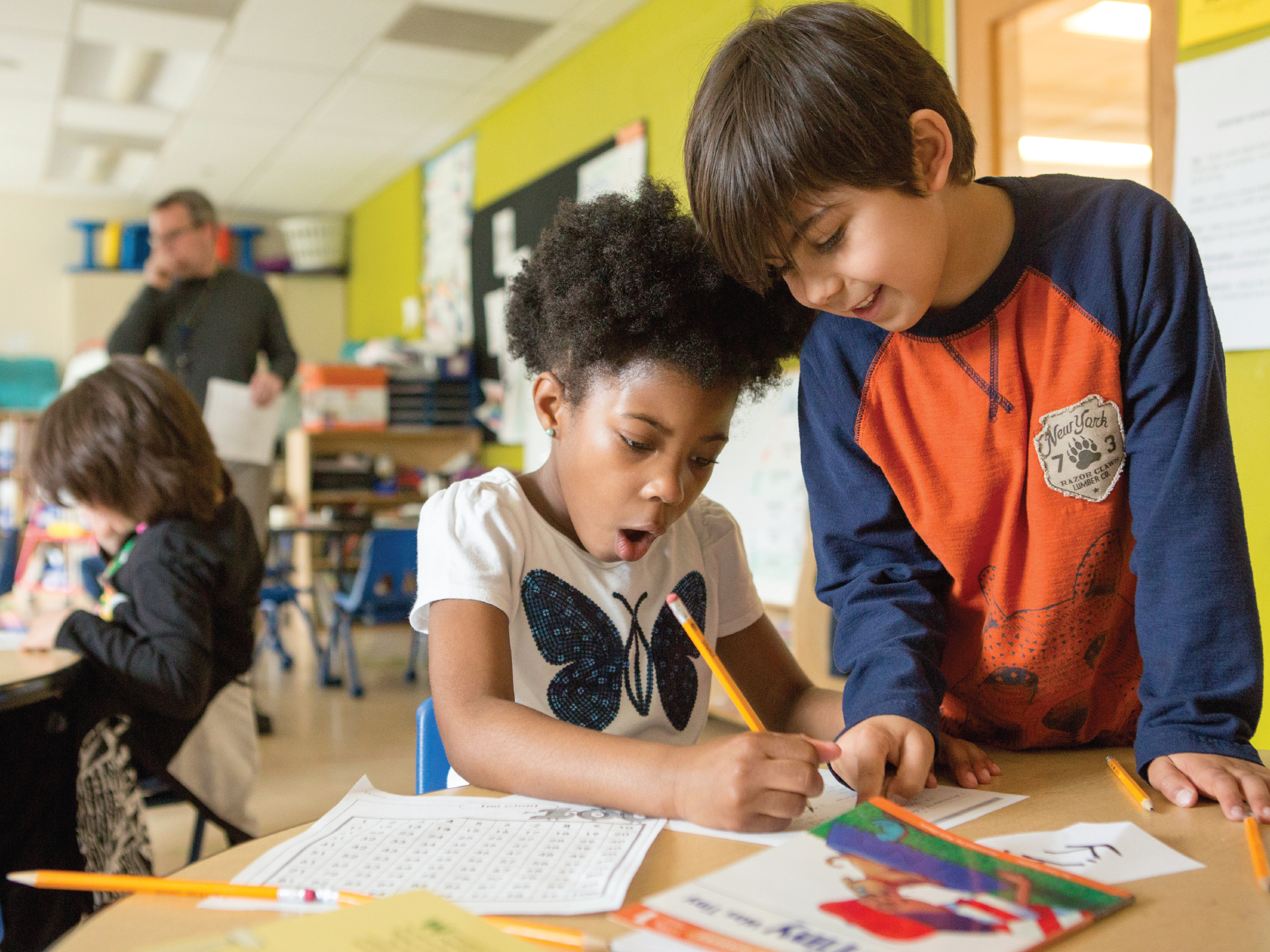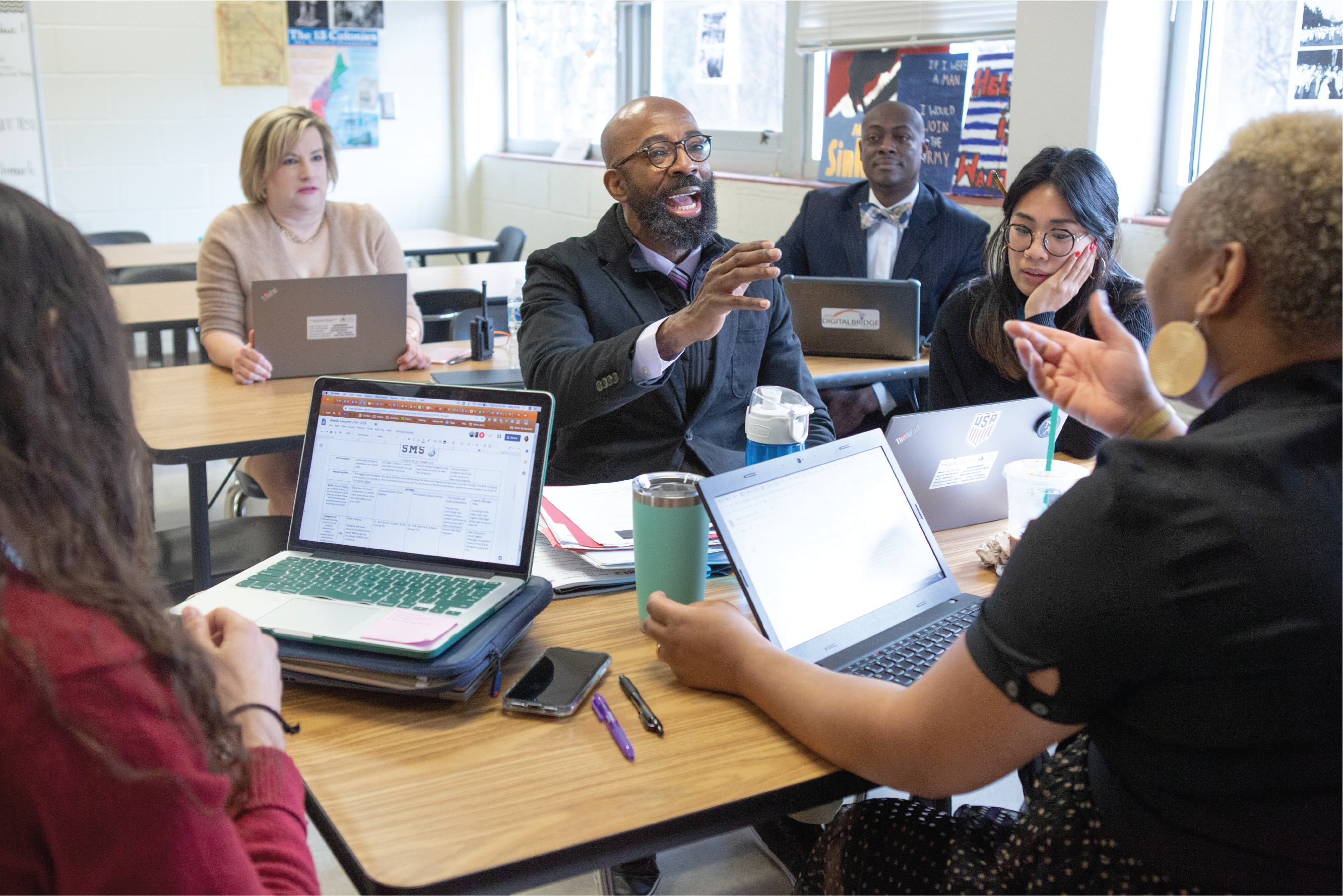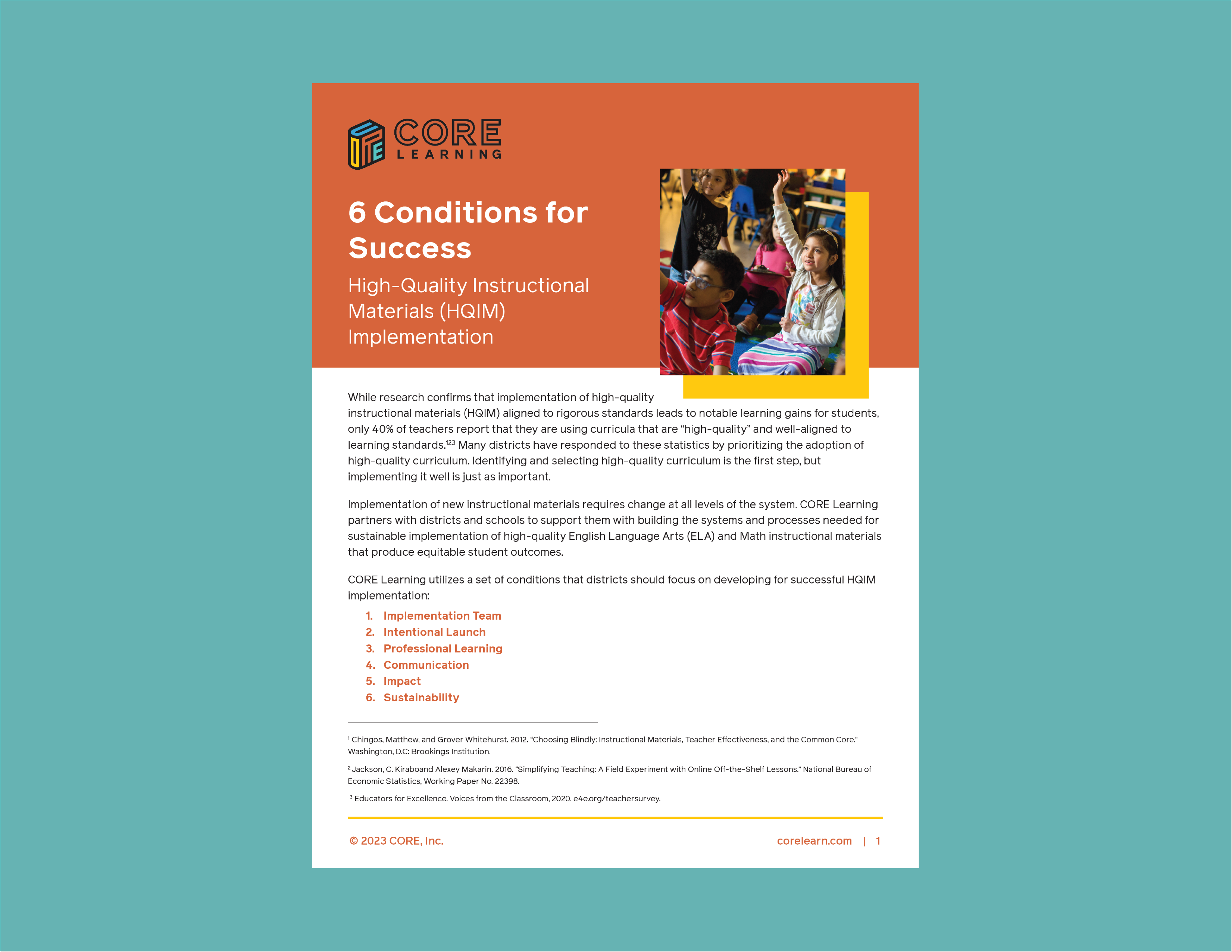
White Papers
Discourse in Math – Don’t Just Talk About It

Learning mathematics is not a spectator sport. The rigorous mathematical knowledge sought for at all levels of instruction requires deep thinking and persistent sense making from students. Communication about mathematics among students and between students and the teacher is the vehicle for bringing thinking to the surface, clarifying ideas, moving ideas forward, revealing misconceptions, and making key mathematical connections clear, transferable, and memorable. Mathematical discourse is the verbal and written communication that is centered around deepening thinking about and making sense of mathematics. Brummer and Kartchner Clark (2014) state, “students must think about, read about, talk about, and write about information in order to synthesize it and to retain it” (p. 21). Students cannot learn only by being told or shown information. Through language students communicate in ways that engage them in reasoning and talking about math (Fogelberg et al., 2008; McKee & Ogle, 2005). The math standards of all states emphasize the importance of student communication of mathematical ideas, making mathematical discourse a required process in learning mathematics.





